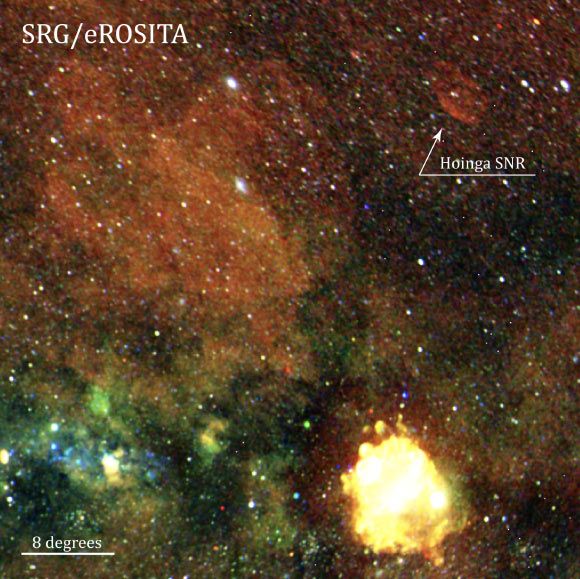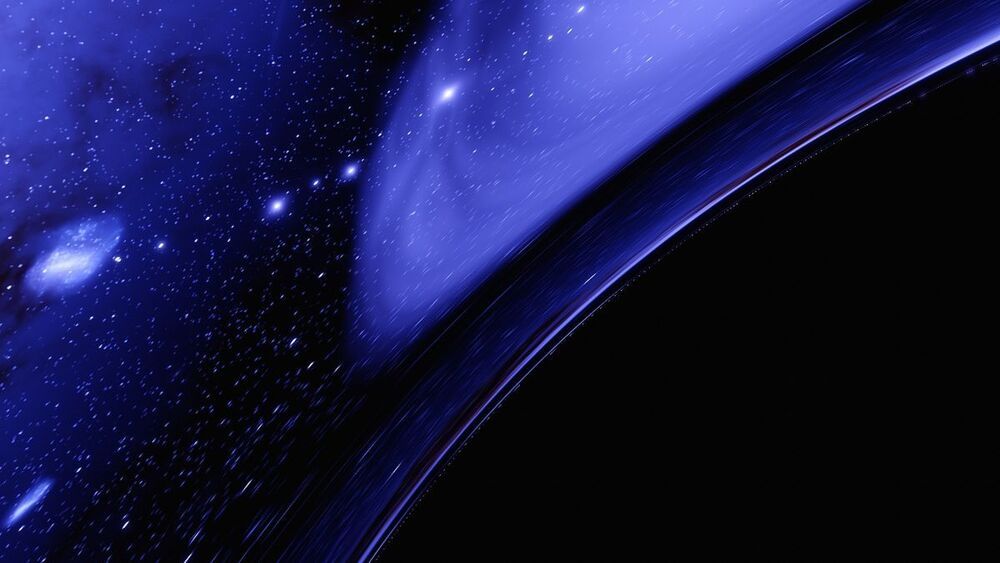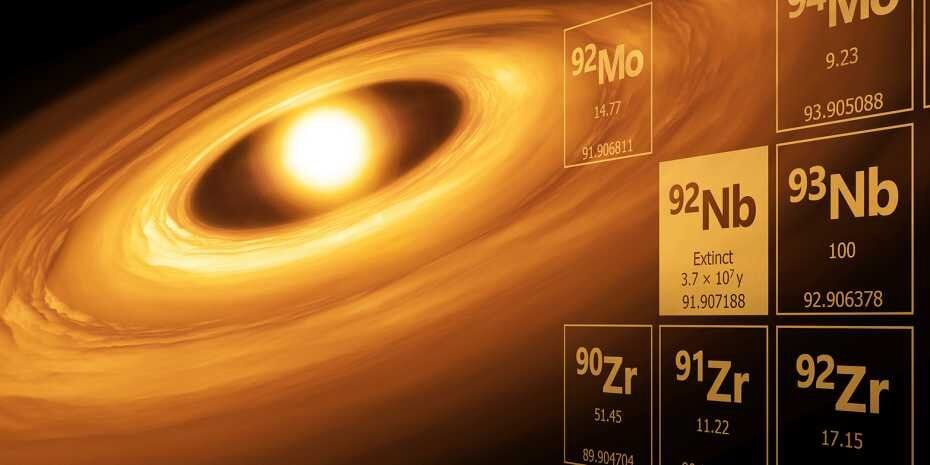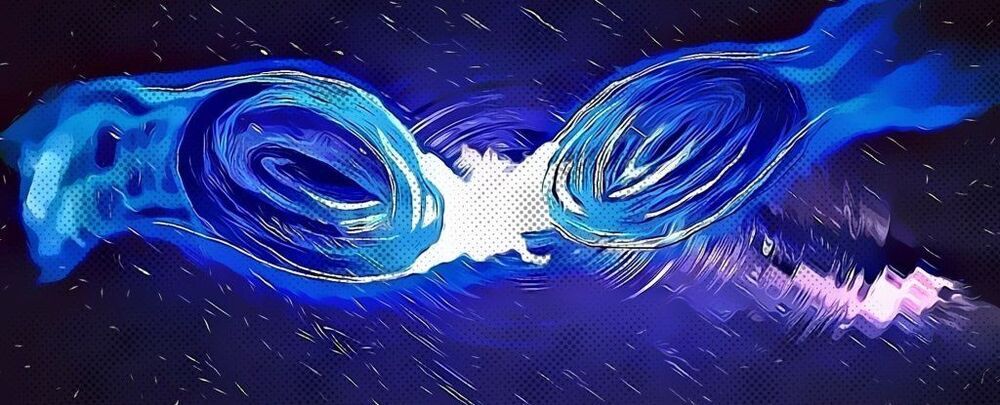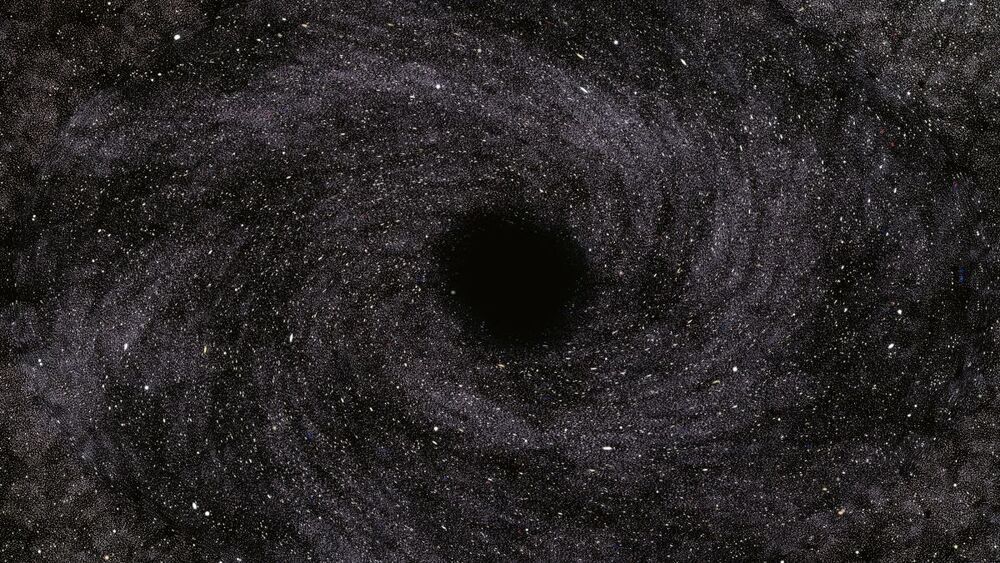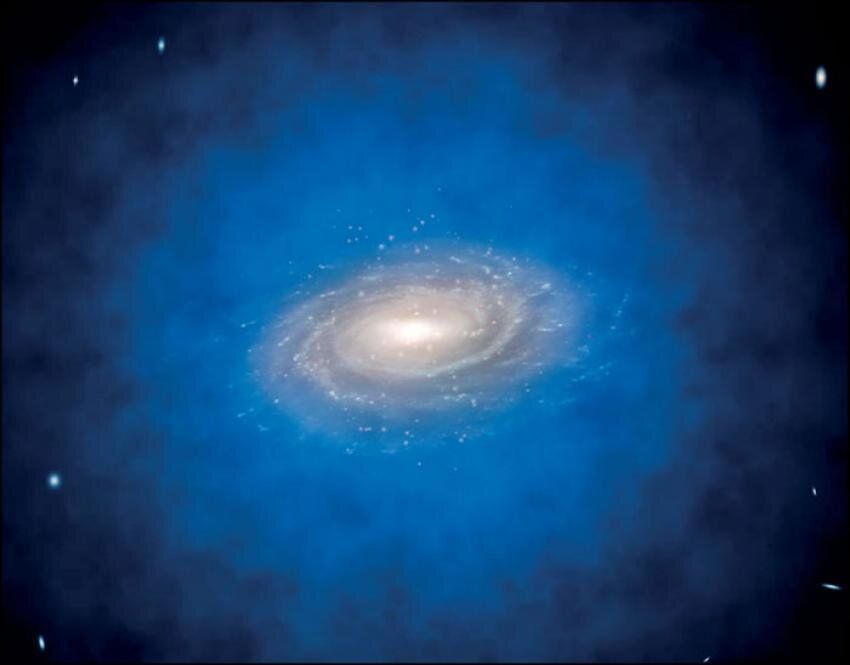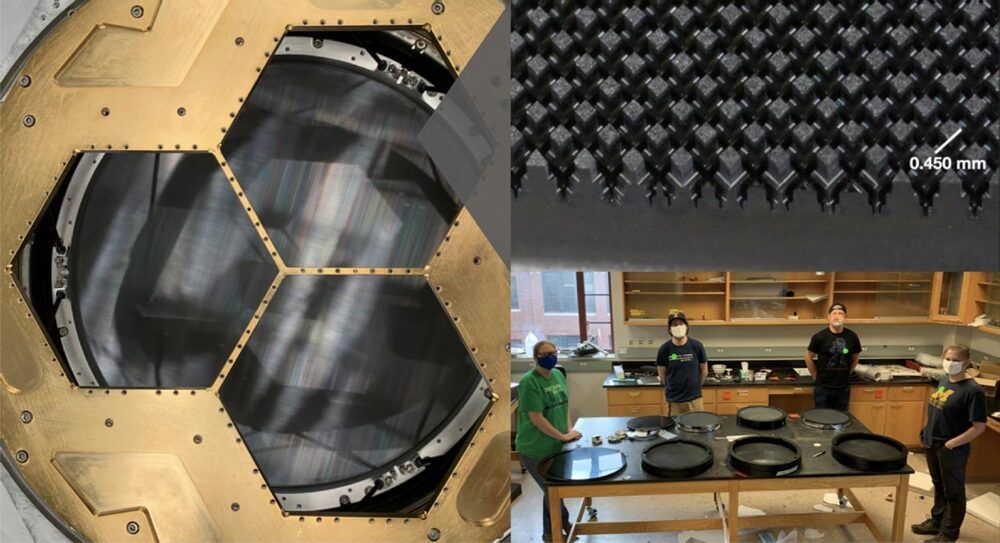With the help of the European Southern Observatory’s Very Large Telescope (ESO ’s VLT), astronomers have discovered and studied in detail the most distant source of radio emission known to date. The source is a “radio-loud” quasar — a bright object with powerful jets emitting at radio wavelengths — that is so far away its light has taken 13 billion years to reach us. The discovery could provide important clues to help astronomers understand the early Universe.
Quasars are very bright objects that lie at the center of some galaxies and are powered by supermassive black holes. As the black hole consumes the surrounding gas, energy is released, allowing astronomers to spot them even when they are very far away.
The newly discovered quasar, nicknamed P172+18, is so distant that light from it has traveled for about 13 billion years to reach us: we see it as it was when the Universe was just around 780 million years old. While more distant quasars have been discovered, this is the first time astronomers have been able to identify the telltale signatures of radio jets in a quasar this early on in the history of the Universe. Only about 10% of quasars — which astronomers classify as “radio-loud” — have jets, which shine brightly at radio frequencies.[1].
